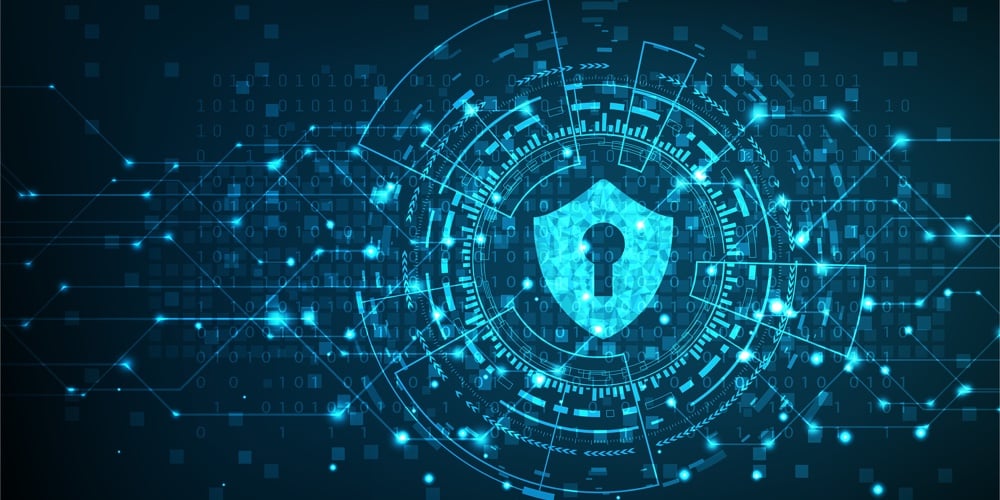Evolving operations and security in the post-coronavirus business world

The impacts from COVID-19 have undoubtedly left an indelible imprint on our world. The pandemic has fueled a health and economic crisis that will have a long-lasting impact on customer attitudes, behaviors and purchasing habits. In reflecting on my own experiences, my attitudes toward online shopping and purchasing habits have changed. While I’ve used Amazon and other online shopping services in the past, I find myself using digital services more regularly for things like grocery shopping and prescription delivery. I even had a virtual appointment with my doctor recently. Many of us have adapted to using new tools for staying in touch, like video conferencing with friends and family, and taking up online hobbies and classes. My grandchildren are even taking taekwondo and clarinet lessons online during this stay-at-home time.
After just a few months of living in a new service world, consumers are embracing the expanded role of digital commerce, which will certainly extend into credit unions’ interactions with members. The main questions for credit unions include “What are the traditional face-to-face services that members will want to perform remotely?” and “What security and compliance issues could emerge when meeting those expectations?” In the COVID-19 context, credit union leaders must strike a critical balance between security and privacy, while considering cost and convenience. While this will require thinking outside of the box, we’ve seen that remote work can not only work, but there are also several operational and cost advantages.
Credit unions are now faced with new member expectations, enhanced security risks, office closures and reopening planning. The majority of credit unions I’ve spoken with predict a long-term increase in the virtual workforce. Many are also looking at alternative plans to avoid physical office expansion, freeing up capital for member-facing programs. However, these advantages don’t come without risk to the organization. This new operating model has become the focus of cybercriminals globally. Thousands of new attacks and scams are flooding the marketplace to cash in on weak spots in this new business model.
continue reading »




